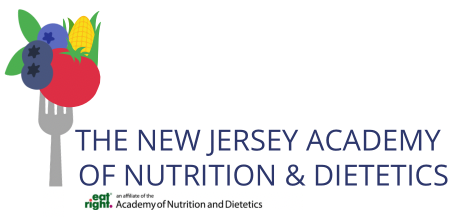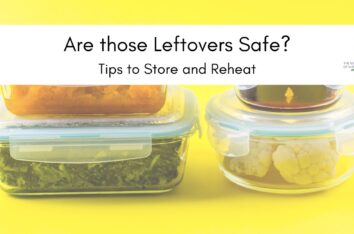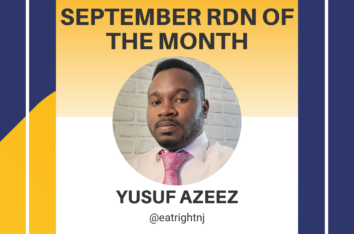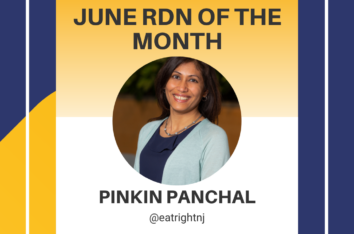Kwanzaa focuses on celebrating history, family, community, and culture. It’s a celebration held annually from December 26-January 1st.
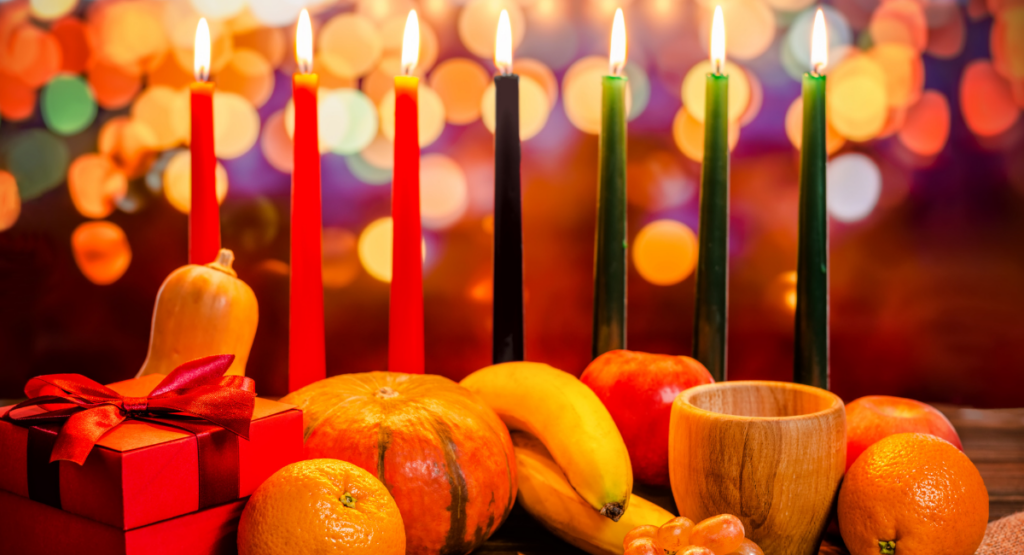
It was created by activist-scholar Dr.Maulana Karenga in 1966 and it celebrates African-American and pan-African culture. Dr. Karenga took inspiration from Kwanzaa from traditional African “first fruit” or harvest celebrations. Keep reading to learn more about the celebration of Kwanza.
What are the seven principles of Kwanzaa?
There are seven core principles that comprise the Kwanzaa celebration. The seven principles,
or Nguzo Saba in Swahili, are derived from common values found throughout the continent of
Africa. The seven principles are: Umoja (Unity), Kujichagulia (Self-determination), Ujima
(Collective work and responsibility), Ujamaa (Cooperative Economics), Nia (Purpose), Kuumba
(creativity), and Imani (Faith). The seven candles on the Kinara represent the principles and one
is lit for each day of Kwanzaa. A Kinara is similar in appearance to the Menorah used in
Hanukkah celebrations.
How do people celebrate Kwanzaa?
Every family has its own Kwanzaa traditions, however, most families include songs, dances,
African drums, story telling, and poetry readings. The culmination of the Kwanzaa celebration is
the Karamu or feast which occurs on the sixth night (Kuumba) of the week.
What do people eat during Kwanzaa?
There is no set menu for Kwanzaa and it varies from family to family, but it is traditional to serve
African or African-Influenced food. Two main components of the table include fruits and
vegetables, which represent the bounty of the harvest, and muhindi, ears of corn that represent fertility and each child in the family.
The main meal of the Karamu is usually a one pot stew which can range from Creole Gumbo to Ghanaian groundnut stew. Other foods that are typically included are spoon bread, jollof rice, catfish, jerk chicken, collard greens, and fried plantains or okra. No matter what foods are eaten, the main focus is to bring family and friends together to cook and share a meal.
Written by NJAND member, Caitlyn Devlin, MS, RDN
Sources:
https://www.epicurious.com/archive/holidays/kwanzaa/feast
https://nmaahc.si.edu/kwanzaa
